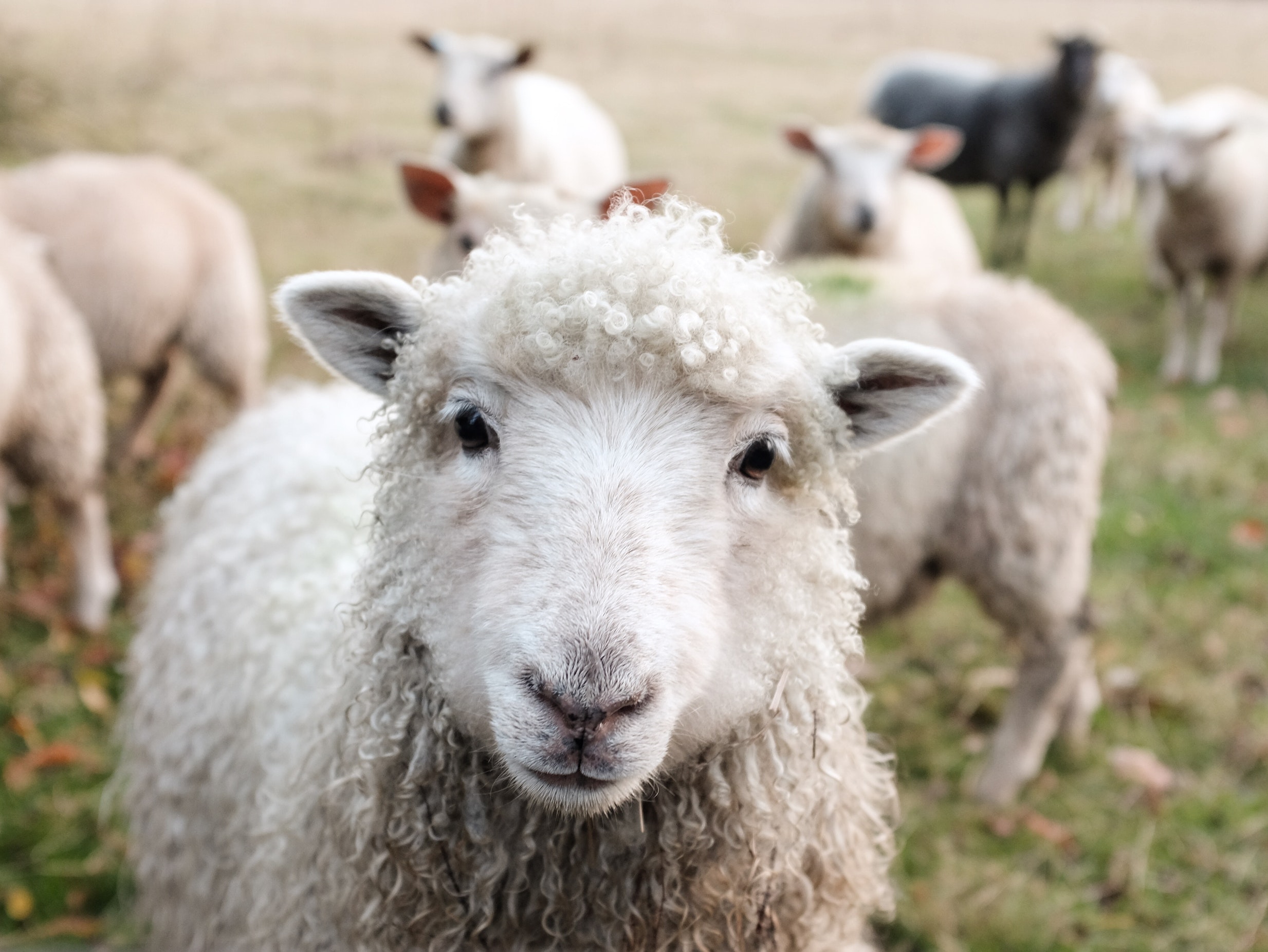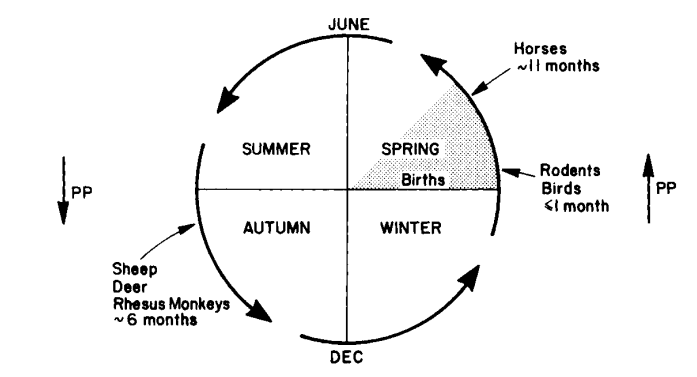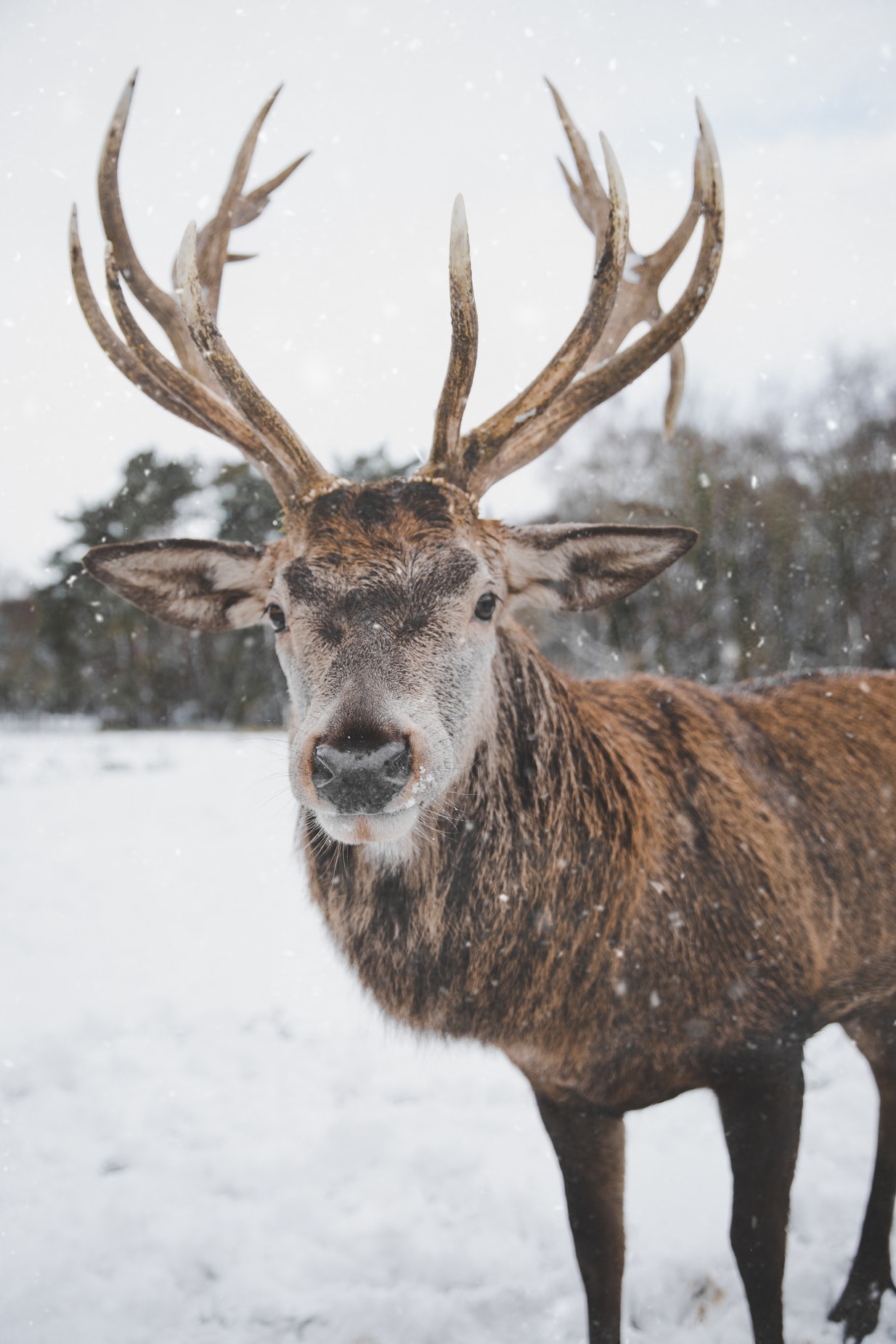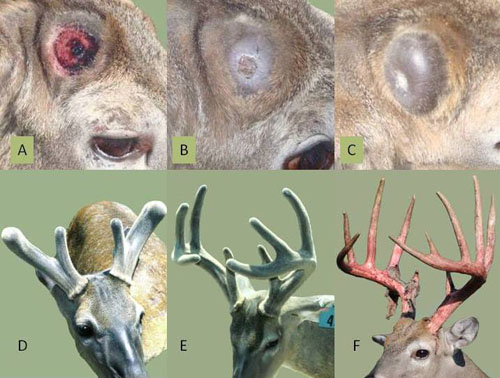Chapter 4 Light

Figure 4.1: Sunlight
4.1 Sunlight
The main source of light on th earth is the sun. Sunlight provides the energy that green plants use to create sugars mostly in the form of starches, which release energy into the living things that digest them. This process of photosynthesis provides virtually all the energy used by living things. Some species of animals generate their own light, a process called bioluminescence. For example, fireflies use light to locate mates, and vampire squids use it to hide themselves from prey.
Daylight is the combination of all direct and indirect sunlight during the daytime. Daytime is the period of time each day when daylight occurs. Daylight happens as the earth rotates, and either side on which the sun shines is considered daylight. Illuminance is a measure of how much luminous flux is spread over a given area. The lux (symbol: lx) is the SI derived unit of illuminance.
| Illuminance | Example |
|---|---|
| 120,000 lux | Brightest sunlight |
| 111,000 lux | Bright sunlight |
| 20,000 lux | Shade illuminated by entire clear blue sky, midday |
| 1,000-2,000 lux | Typical overcast day, midday |
| 400 lux | Sunrise or sunset on a clear day |
| 0.25 lux | A full Moon, clear night sky |
| 0.01 lux | A quarter Moon, clear night sky |
4.2 Photoperiodic response
Photoperiodic response is the physiological reaction of organisms to the length of day or night. A number of biological and behavioural changes are dependent on the daylength. Together with temperature changes, photoperiod provokes changes in the color of fur and feathers, migration, entry into hibernation, sexual behaviour, and even the resizing of sexual organs.
In animals, the regular activities of migration, reproduction, and the changing of coats or plumage can be induced out of season by artificially altering daylight. Long periods of light followed by short periods will induce mating behaviour in species that normally breed in autumn (e.g. goats and sheep), while spring breeders (e.g. mink) will start the reproductive process when daylight is increased. Application of photoperiodism is common in the poultry industry, as daylight affects egg-laying, mating, and body weight of the fowl.
4.3 Seasonal breeding

Figure 4.2: Sheep breeds when the length of daylight shortens
Seasonal breeders are animal species that successfully mate only during certain times of the year. These times of year allow for the optimization of survival of young due to factors such as ambient temperature, food and water availability, and changes in the predation behaviors of other species. Related sexual interest and behaviors are expressed and accepted only during this period. Female seasonal breeders will have one or more estrus cycles only when she is “in season” or fertile and receptive to mating. Male seasonal breeders may exhibit changes in testosterone levels, testes weight, and fertility depending on the time of year.
The hypothalamus is considered to be the central control for reproduction due to its role in hormone regulation. This is achieved specifically through changes in the production of the hormone GnRH. GnRH in turn transits to the pituitary where it promotes the secretion of the gonadotropins LH and FSH, both pituitary hormones critical for reproductive function and behavior, into the bloodstream.

Figure 4.3: Timing of annual reproductive cycle of exemplary seasonal breeders. PP, photoperiod.
Seasonal breeding readiness is strongly regulated by length of day (photoperiod) and thus season. Photoperiod likely affects the seasonal breeder through changes in melatonin secretion by the pineal gland that ultimately alter GnRH release by the hypothalamus. Seasonal breeders can be divided into groups based on fertility period. “Long day” breeders (horse, hamsters, and mink) cycle when days get longer (spring) and are in anestrus in fall and winter. “Short day” breeders (sheep, goat, and elk) cycle when the length of daylight shortens (fall) and are in anestrus in spring and summer.
4.3.1 Antlers

Figure 4.4: Antlers are shed and regrown each year.
Antlers are extensions of an animal’s skull found in members of the deer family. Antlers are shed and regrown each year (grown every spring and shed every winter) and function primarily as objects of sexual attraction and as weapons in fights between males.
The annual antler cycle is ultimately controlled by day length or photoperiod. Growth of antlers typically begins in April in response to increasing day length. In the spring, testicular and pituitary hormones get the growing process started. Antlers are covered with velvet (such as in the antlers of the deer in the photo above) which carries blood and nutrients to the antlers during development. By late summer, as day length decreases, testosterone levels begin to increase, the form is filled, and the antler begins to harden. Hard antlers remain on the deer through the peak of breeding until late fall or early winter. In winter, when the growth hormones quit pumping, the pedicel loses calcium which weakens the connection between the pedicel and the antler, and off come the antlers.

Figure 4.5: Stages of antler growth. A) one day after antler shed, B) 15 days after shed, scab still attached, C) 30 days after shed, scab is shed (A, B, C same animal), D) about three months after shed by different animal, E) about five months after shed antler growth is completed, with one additional month used to complete hardening and drying of velvet (D and E same animal), and F) hardened antler with shreds of dried velvet on a third animal. (Photo Credits A-E, Steve Demarais, F, Dave Hewitt)
Horns, on the other hand, are found on members of the Bovidae family, which includes species as diverse as cows, sheep and goats to water buffalo, antelopes, and gazelles. Unlike antlers, horns are never branched, are never shed, and in many species horns never stop growing throughout an animal’s life.
4.4 Effects on productivity
4.4.1 Light control in poultry production
Lighting is a key environmental factor in poultry production that is known to affect performance and behavior. The photoperiod is the duration of the light period and scotoperiod is the duration of the dark period perceived in a light:dark cycle, which is typically 24 h in length.
4.4.1.1 Broiler
Modern broiler stocks have been genetically selected for rapid growth, heavy BW, feed efficiency, and high breast meat yield. Lighting programs have been developed based on their effectiveness in the industry to optimize performance. The performance parameters of broilers in which producers are most interested are BW, feed efficiency, and livability. Continuous lighting (24L:0D) leads to greater BW for meat-type chickens compared to those under 8L:16D or 12L:12D. Generally, longer dark period leads to greater feed efficiency.
| Days | Light (h) | Dark (h) | Intensity (lux) |
|---|---|---|---|
| 0 | 23 | 1 | 20 |
| 1-2 | 20 | 4 | 20 |
| 3-4 | 18 | 6 | 20 |
| 5-14 | 6 | 18 | 5 |
| 15-21 | 10 | 14 | 5 |
| 22-28 | 14 | 10 | 5 |
| 29-35 | 18 | 6 | 5 |
| 36-42 | 24 | 0 | 5 |
4.4.1.2 Layers
Layer hens require a minimum amount of light intensity for optimal egg production, usually 5 to 10 lux. Both estrogen and progesterone are required to form eggs, and a short daylength will not stimulate the secretion of these hormones.
The color of light has been shown to affect the size and weight of the eggs. Blue-green light stimulates growth in chickens, whereas orange-red light stimulates reproduction. Red light, in the 630nm wavelength range, was found to be superior to any other wavelength in increasing egg production. However, blue light has a calming effect on birds whereas red may enhance feather pecking and cannibalism.